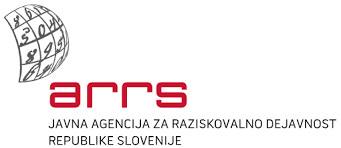
Gypsum is on one hand an essential ingredient in the production of cement composites, but on the other hand the increased amount of gypsum used in the preparation of cement composites can be reflected in the in the lower mechanical properties. Two theories have been presented to link ettringite formation in systems containing a high quantity of gypsum (so-called over-sulphated systems) with expansion. However, there is a lack of experimental evidence which could directly link the observed expansion to the formation of ettringite. The results of some analyses have also shown that the amount of ettringite and expansion varies widely between systems with different alumina containing compounds.
Since in-depth knowledge of the mechanisms and kinetics of the hydration process, the sequence of formation and identification of the mineral phases formed, together with time dependent chemical and mechanical properties of the composites, is crucial in order to develop cement composites containing high quantities of red titanogypsum (in combination with some additional industrial waste), realization of this project will contribute significantly towards the characterization of described systems. The realization of proposed research work will enable to define the fundamentals based on which the behaviour of the proposed two- and three-component cement systems, as well as similar systems, could be predicted. Further, the effects of increased amounts of formed ettringite on the potential destructive mechanisms will be explained on the phenomenological level.
The methodology will be based on a broad range of complementary methods.
Cement composites described in the project proposal will promote the development of a lowcarbon and circular economy, based on the usage of lower amounts of cement and local renewable materials. The proposed program consists of a central node for various topics and fields, which will make it possible to assess the new knowledge particularly in the field of geology (mineralogy, petrography) and also in the fields of chemistry, materials and construction.

